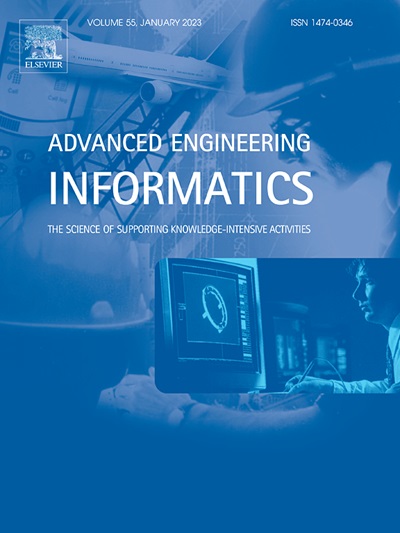A collaborative adversarial framework: Distribution characteristics-guided alignment mechanism for fault diagnosis of machines considering domain shift
IF 8
1区 工程技术
Q1 COMPUTER SCIENCE, ARTIFICIAL INTELLIGENCE
引用次数: 0
Abstract
Fault diagnosis of mechanical systems is essential to minimize damage and downtime in industrial fields. These systems frequently operate under varying and harsh conditions, leading to substantial changes in data distributions, commonly referred to as domain shift problem. This phenomenon presents a significant challenge for reliable fault diagnosis. Although many unsupervised domain adaptation methods effectively align data distributions, they often depend on target-domain pseudo labels. This dependency may lead to inaccurate diagnoses, particularly in the presence of abnormal samples. To address this limitation, a collaborative adversarial framework is proposed to exploit the intrinsic distribution characteristics of mechanical vibration signals to achieve distribution alignment. This framework introduces a two-level adversarial strategy to reduce distribution discrepancies. At the domain level, a novel Domain Alignment Loss (DAL) is designed to guide the adversarial game between the feature generator and the domain discriminator, thereby reducing marginal distribution discrepancies by considering both the amplitude and variability of vibration signals. At the class level, a new Class Alignment Loss (CAL) is proposed to steer the adversarial game between the feature generator and the two classifiers, using Gaussian Mixture Models (GMM) and Reproducing Kernel Hilbert Space (RKHS) to provide a more accurate measurement of conditional distribution discrepancies. Results on two datasets show that the proposed method achieves superior alignment capability and higher diagnostic accuracy compared to other state-of-the-art methods.
求助全文
约1分钟内获得全文
求助全文
来源期刊

Advanced Engineering Informatics
工程技术-工程:综合
CiteScore
12.40
自引率
18.20%
发文量
292
审稿时长
45 days
期刊介绍:
Advanced Engineering Informatics is an international Journal that solicits research papers with an emphasis on 'knowledge' and 'engineering applications'. The Journal seeks original papers that report progress in applying methods of engineering informatics. These papers should have engineering relevance and help provide a scientific base for more reliable, spontaneous, and creative engineering decision-making. Additionally, papers should demonstrate the science of supporting knowledge-intensive engineering tasks and validate the generality, power, and scalability of new methods through rigorous evaluation, preferably both qualitatively and quantitatively. Abstracting and indexing for Advanced Engineering Informatics include Science Citation Index Expanded, Scopus and INSPEC.
 求助内容:
求助内容: 应助结果提醒方式:
应助结果提醒方式:


